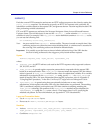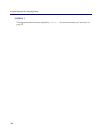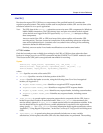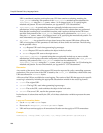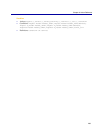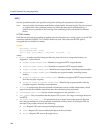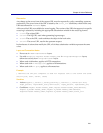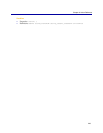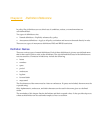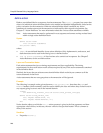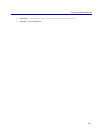
ProxySG Content Policy Language Guide
240
set( )
Sets the specified header to the specified string after deleting all components of the header.
Note: An error results if two header modification actions modify the same header. The error is noted
at compile time if the conflicting actions are within the same action definition block. A
runtime error is recorded in the event log if the conflicting actions are defined in different
blocks.
HTTPS Limitation
Only the host and port are available for setting when the client browser is using a proxy for an HTTPS
connection and the CONNECT or TUNNEL method is used. This is because the URL path is
encrypted and unavailable for setting.
Syntax
set(header, string)
set(im.message.text, value)
set(url.port, port_number [, URL_form1, URL_form2, ...])
where:
•
header—A header specified using the following form. For a list of recognized headers, see
Appendix C in this manual.
❐ request.header.header_name—Identifies a recognized HTTP request header.
❐ response.header.header_name—Identifies a recognized HTTP response header.
❐ request.x_header.header_name—Identifies any request header, including custom headers.
❐ response.x_header.header_name—Identifies any response header, including custom
headers.
❐ exception.response.header.header_name—Identifies a recognized HTTP response header
from the exception response.
❐ exception.response.x_header.header_name—Identifies any response header from the
exception response, including custom headers.
•
string—A quoted string that can optionally include one or more variable substitutions, which
replaces the specified header components once the substitutions are performed.
• im.message.text,
value—Sets the instant message text to the specified value.
• port_number—The port number that the request URL is set to. The range is an integer between 1
and 65535.
•
URL_form1, URL_form2, ...—An optional list of up to three forms of the request URLs that
have the port number set. If this parameter is left blank, all three forms of the request URL are
rewritten. The possible values are the following:
❐ log—Request URL used when generating log messages.
❐ cache—Request URL used to address the object in the local cache.
❐ server—Request URL sent to the origin server.






